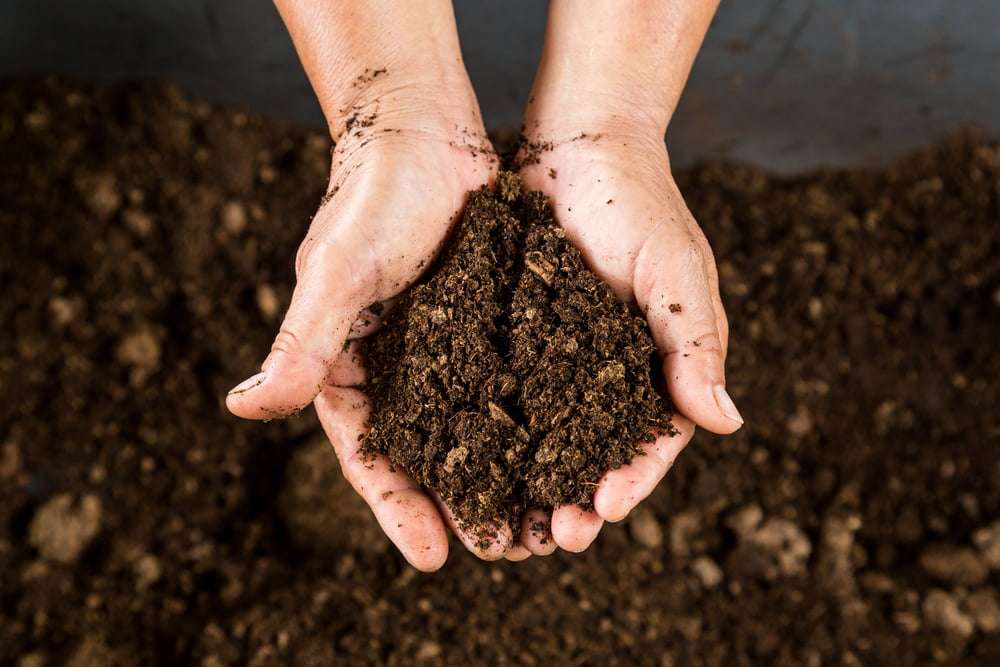Peat Moss Alternatives: Coco Coir
Coco coir, also known as coconut coir, is a popular alternative to peat moss in gardening and agriculture. It is made from the fibrous material found between the hard outer shell and the soft inner flesh of coconuts. This material is a byproduct of coconut processing and is widely available.
Advantages of Coco Coir
Sustainability
One of the main advantages of coco coir is its sustainability. Unlike peat moss, which is extracted from peatlands, coco coir is a byproduct of coconut processing. This means that its use does not contribute to the destruction of peatlands, which are important ecosystems that store large amounts of carbon and provide habitat for various species.

Water Retention
Coco coir has excellent water retention properties. It can hold up to 10 times its weight in water, making it an ideal choice for plants that require a lot of water. This property also makes coco coir a suitable alternative to peat moss in areas with high rainfall or in drip irrigation systems.
Nutrient-Rich
Coco coir is rich in nutrients, including potassium, magnesium, and calcium. These nutrients can be beneficial for plants, as they are essential for growth and development. However, it is important to note that the nutrient content of coco coir may vary depending on the source and the processing methods used.
To make Coco coir to Low EC – it takes 4-5 times of washing Coco coir
CVM Coir Substrates
Disadvantages of Coco Coir
Cost
Coco coir is generally more expensive than peat moss. This is due to the fact that it is a byproduct of coconut processing and requires additional processing to be used as a soil amendment. While the cost may be a disadvantage for some, the sustainability and environmental benefits of coco coir may outweigh the additional cost for others.
pH Level
Coco coir has a naturally high pH level, which can be a disadvantage for plants that prefer a lower pH. To address this issue, the pH of coco coir can be adjusted by adding acid to the water used to soak the coir. However, this process can be time-consuming and may require additional effort and resources.


Environmental Impact
The use of coco coir has a lower environmental impact compared to peat moss. As a byproduct of coconut processing, coco coir does not contribute to the destruction of peatlands, which are important ecosystems that store large amounts of carbon and provide habitat for various species. Additionally, coco coir is biodegradable and can be composted at the end of its life cycle.
Compatibility with Plants and Soil Types
Coco coir is compatible with a wide range of plants and soil types. It can be used in both indoor and outdoor gardening, as well as in hydroponic systems. However, it is essential to note that the nutrient content of coco coir may vary depending on the source and the processing methods used. Therefore, it is important to choose high-quality coco coir to ensure optimal plant growth.
coco coir is a viable alternative to peat moss in gardening and agriculture. Its sustainability, water retention properties, and nutrient content make it an attractive choice for those seeking environmentally friendly options. However, its higher cost and the need to adjust its pH level may be disadvantages for some. Overall, coco coir is a versatile and eco-friendly option that can be used in a variety of gardening and agricultural applications.



